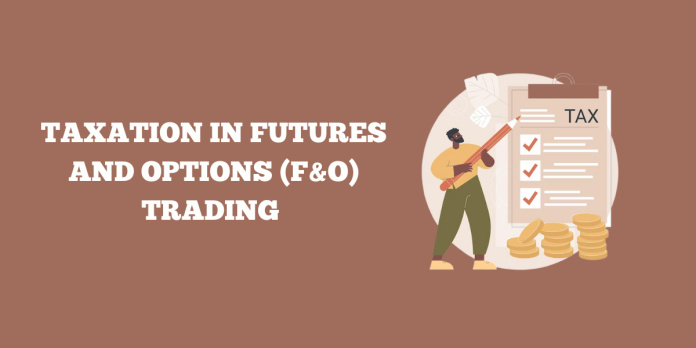If you’ve ever ventured into the world of the stock market, you’ve probably come across the intriguing realm of Futures and Options (F&O) trading. While these financial instruments offer exciting opportunities for investors and traders, they also come with a set of intricate tax implications.
Understanding the Classification of Income:
Futures and Options, collectively known as derivatives, derive their value from underlying assets. The income generated from trading these instruments is categorized as business income under the Indian Income Tax Act. What’s essential to grasp is that irrespective of the frequency or volume of your transactions, you’re required to report income earned from F&O trading as business or professional income.
To delve even deeper, this business income is further subdivided into speculative and non-speculative income. Given that Futures and Options are primarily employed for hedging and for taking or giving delivery of underlying contracts, the income generated from them falls into the non-speculative business category.
Crunching the Numbers: Calculating Total Turnover:
In the world of F&O trading, every trade results in the issuance of contract notes, detailing the value of the derivatives you’ve bought or sold. However, for the purposes of taxation, only the difference between these values is considered as turnover. This subtle distinction is crucial in ensuring accurate tax reporting.
Claiming Expenses: Deducting the Costs of Business:
When your income from F&O trading is categorized as business income, it triggers the necessity to maintain meticulous records of your financial activities and undergo a tax audit. This presents an opportunity to claim deductions for the expenses incurred during your F&O trades, which could include Demat charges, electricity costs, and various other expenses directly related to your trading activities.
Audits: Unravelling the Complexities:
The need for a tax audit is determined by your turnover in F&O trading. If your turnover in this domain exceeds Rs. 10 crore, you’re obligated to have your accounts audited. However, for traders with a turnover below Rs. 2 crore, an alternative exists in the form of the presumptive taxation scheme. Under this scheme, you can declare your taxable income as 6% of the total F&O turnover, simplifying the tax calculation process.
It’s crucial to note that choosing the presumptive taxation scheme and declaring an income lower than the presumptive income triggers the mandatory requirement for a tax audit. This is the case when your total taxable income, including income from other sources, exceeds Rs. 2.5 lakh.
If you incur a net loss while engaged in F&O trading, this loss is treated as a non-speculative business loss. The beauty of this is that you can offset it against income from other businesses or rental earnings. What’s more, you have the flexibility to carry forward unadjusted business losses for up to eight subsequent years, allowing you to offset them against future business income.
India Increases STT Rates for F&O Trading: Impact and Implications
In April 2023, India’s stock and commodity market will witness a significant tax increase affecting Futures and Options (F&O) trading.
The STT for options contracts has increased from 0.05% to 0.0625%, and for futures contracts, it has gone up from 0.01% to 0.0125%.
The government has raised the Securities Transaction Tax (STT) by 23.52% for the sale of options and 25% for the sale of futures contracts.
This move primarily impacts High-Frequency Traders (HFT), the high-speed automated machines that drive over 95% of India’s equity market volume, primarily in derivatives.
The STT for options trading has increased to Rs. 2,100 on a Rs. 1 crore turnover, up from the previous Rs. 1,700. Similarly, the STT for futures contracts now stands at Rs. 1,250 on Rs. 1 crore turnover, up from Rs. 1,000.
It’s important to note that for options, STT is calculated based on the premium and not the strike price.
This change in tax rates will have a notable impact on traders and investors in India’s derivatives market, potentially influencing trading strategies and market dynamics.
Choosing the Right ITR Form: Simplifying Tax Filing:
When it comes to filing your income tax return for F&O trading, the choice is typically ITR-3. However, if you’ve opted for the presumptive tax scheme and declared profits at 6% of the total turnover, you’ll need to file ITR-4. The specific ITR form you should use may also depend on your other sources of income.
Now, armed with this comprehensive understanding of the tax rules that govern F&O trading, you’re well-prepared to explore the world of derivatives with poise and assurance. Grasping the nuances of tax implications empowers you to make well-informed investment decisions, ensuring that you trade with confidence in the dynamic Indian financial markets.


